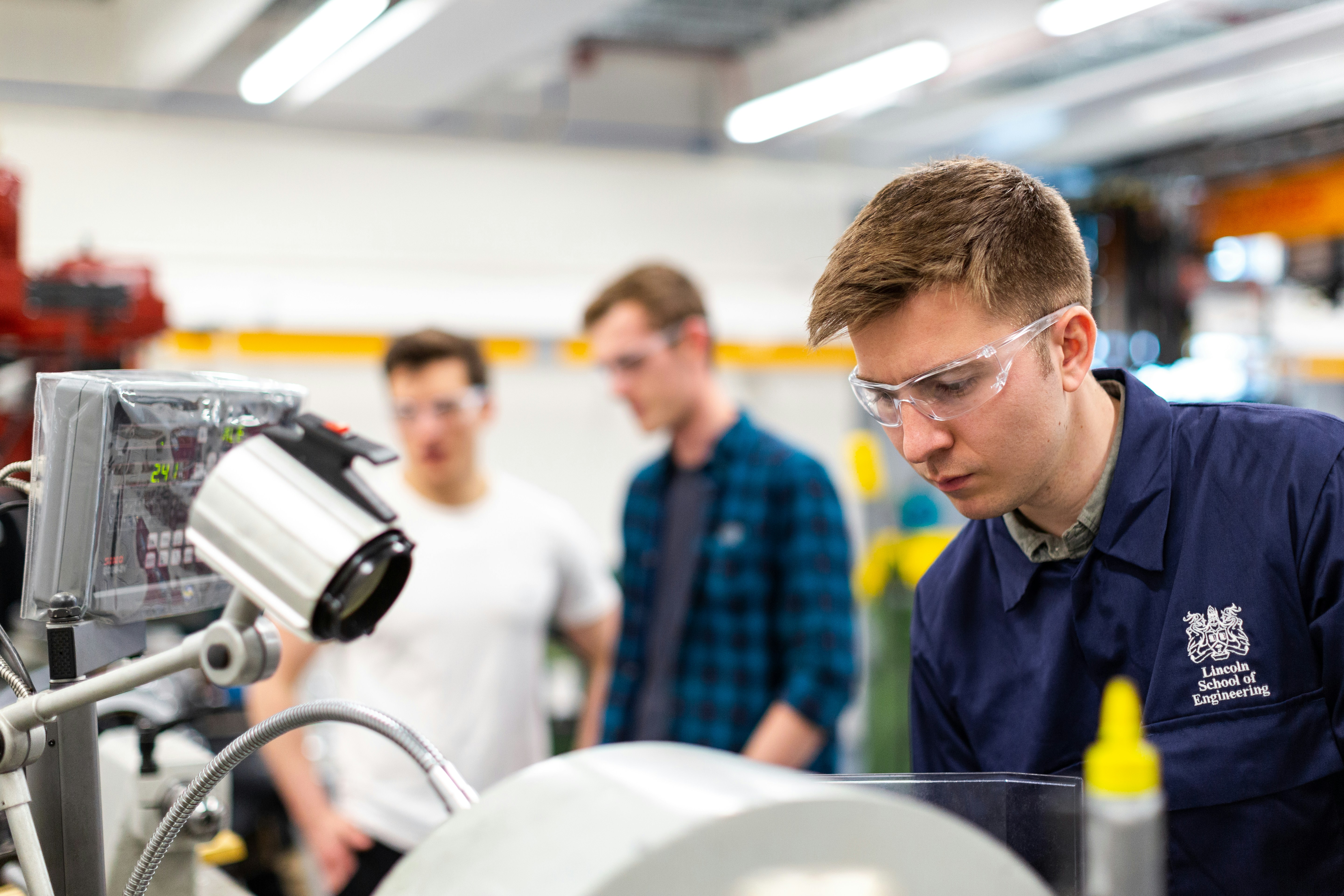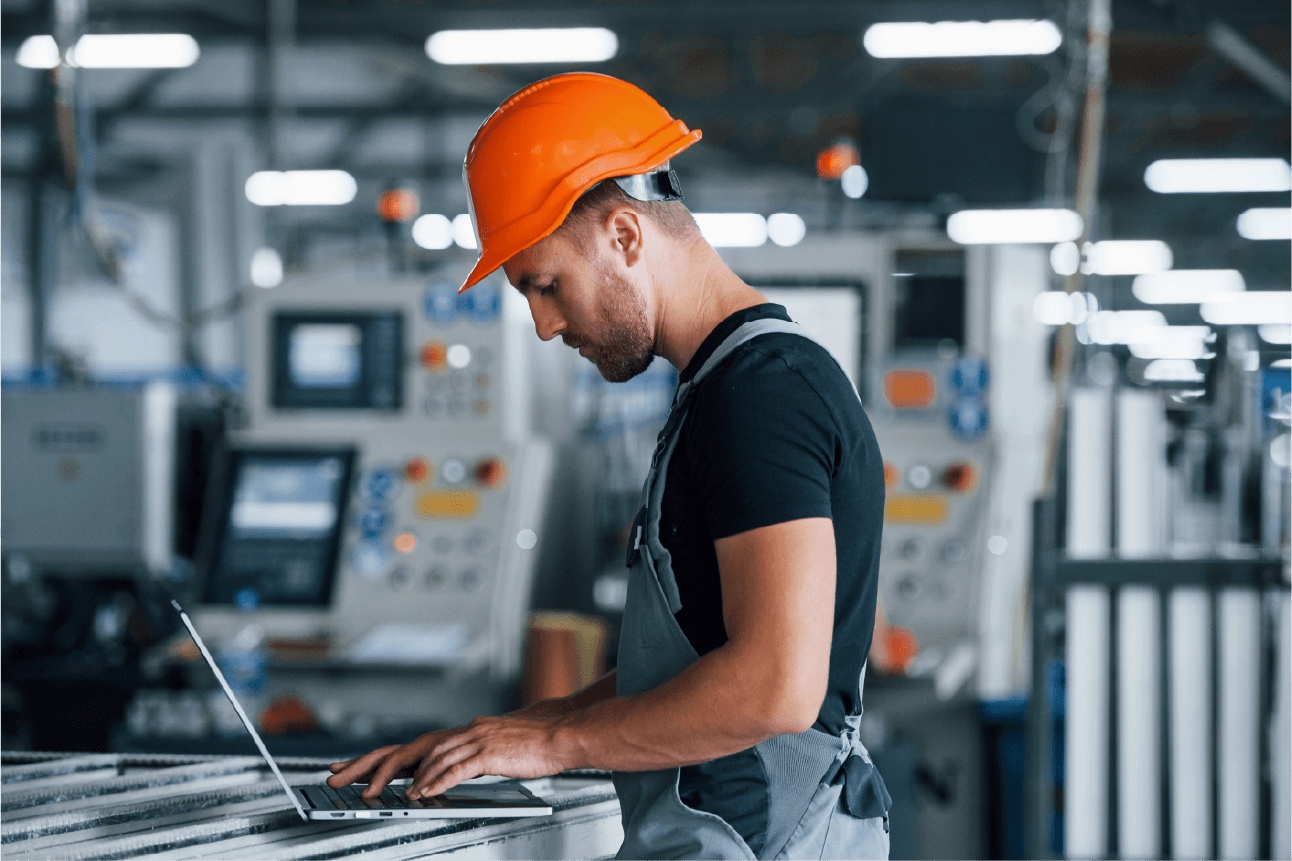Introduction:
In manufacturing and quality control, the significance of accurate and efficient inspection cannot be overstated. AI Quality inspection ensures that products meet specified standards, reduce recall or rework costs and maintain brand reputation. Traditionally, this process has relied heavily on manual labor and measurement tools. However, with advancements in technology, there has been a significant shift towards automation, particularly the use of Artificial Intelligence (AI) in visual inspection. This article presents a comparative analysis of AI quality inspection and traditional inspection methods, exploring their workflows, applications, and the future of quality inspection.
What are Traditional Quality Inspection Methods?
Manual Inspection:
Manual inspection is one of the oldest and most straightforward methods for quality control. It involves human inspectors visually examining products for defects or deviations from standards. This method relies heavily on the inspector’s experience, skills, and concentration, making it inherently subjective and prone to variability.
Measurement Tools:
Traditional inspection also employs various measurement tools such as calipers, micrometers, and coordinate measuring machines (CMMs) to ensure products meet specified dimensional tolerances. These tools offer more precision than visual checks but still require human operation and interpretation, which can introduce errors and inconsistencies.
Traditional Quality Inspection Process and Workflow:
Traditional inspection methods typically follow a structured process:
Setup and Preparation:
Inspectors prepare the work area, gather necessary tools, and review product specifications.
Training:
New quality inspectors need to undergo extensive training to understand different defect types and quality standards. Additionally, experienced inspectors must keep up to date with changes in products or standards to maintain inspection accuracy. High churn of workforce in this field further compounds the time, money and overhead incurred by manufacturers in the training process.
Visual Examination:
Products are examined visually to identify a variety of defects, including:
- Surface Defects: Scratches, dents, and discolorations.
- Structural Defects: Misalignments, deformities, and material inconsistencies.
- Functional Defects: Issues affecting the product's performance or functionality, such as loose parts or incorrect assembly.
Advanced Inspection Tools:
Inspectors use advanced tools to detect structural integrity issues and internal defects not visible to the naked eye. This includes ultrasonic testing devices, X-ray machines, and thermal imaging cameras to ensure comprehensive defect detection.
Recording and Reporting:
Inspection results are documented manually, often in spreadsheets or paper records.
Decision Making:
Based on the inspection results, products are accepted, reworked, or rejected.
Challenges in Traditional Inspection:
1. Subjectivity: Human inspectors may have varying interpretations of product quality.
2. Fatigue: Continuous inspection can lead to decreased accuracy due to fatigue.
3. Time-Consuming: Manual processes are slow and limit a manufacturing unit’s output.
4. Scalability: Difficult to scale for high-volume production.
5. Data Management: Manual data recording is prone to errors and difficult to analyze for trends or improvements.
Overview of AI Quality Inspection:
AI quality inspection leverages machine learning algorithms and computer vision technology to automate the visual inspection process. By training AI models on datasets of images of a company’s product and common quality issues, these systems can identify defects with high accuracy, speed and consistency, surpassing human capabilities in many cases.
For a deeper understanding of AI visual inspection, including its fundamental principles and methodologies, you can refer to our comprehensive guide: Introduction to AI Visual Inspection
AI Quality Inspection Process and Workflow:
The AI quality inspection process, also known as AI visual inspection, typically involves a series of well-defined steps to ensure precision and efficiency:
- Data Acquisition: High-resolution images of products are captured using cameras and sensors.
- Preprocessing: Images are enhanced and normalized for consistent analysis.
- Model Training: Machine learning models are trained on labeled datasets to recognize defects.
- Inspection: The trained models analyze new images in real-time to detect anomalies.
- Reporting and Documentation: Results are documented and integrated into the production management system.
Benefits of AI Quality Inspection
- Accuracy: AI systems can detect even the smallest defects with high precision.
- Consistency: Unlike humans, AI does not suffer from fatigue, ensuring consistent and objective performance.
- Speed: AI can process and analyze images much faster than manual methods.
- Scalability: AI systems can be scaled to inspect large volumes of products.
- Traceability: Collects and analyzes large amounts of data for continuous improvement.
Industries Using AI Visual Inspection Systems
AI visual inspection is being adopted across various industries, including:
- Manufacturing: Automating the inspection of assembly lines and finished products.
- Pharmaceuticals: Ensuring the integrity of packaging and labeling.
- Food and Beverage: Checking for contaminants and packaging defects.
- Semiconductors: Inspecting wafers and chips for microscopic defects.
- Textiles: Checking fabric quality and detecting flaws.
- Electronics: Checking for defects in complex assemblies.
Key Differences Between Traditional and AI Visual Inspection
Choosing the right inspection method is crucial for maintaining product quality. Traditional methods and AI quality inspection systems offer unique benefits. Understanding these key differences can help you determine which approach best suits your manufacturing needs. Here's a quick comparison below.
The Future of Quality Inspection: Combination of Traditional and AI Visual Inspection Systems
The future of quality inspection lies in the integration of traditional and AI visual inspection systems. This hybrid approach combines the strengths of both methods, ensuring thorough and reliable inspection processes. Human inspectors can handle complex and subjective evaluations, while AI systems manage high-volume, repetitive tasks, resulting in an optimal balance of efficiency and accuracy.
Conclusion:
As industries strive for higher quality and efficiency, the adoption of AI visual inspection systems is set to increase. While traditional methods have their merits, AI offers unparalleled advantages in terms of accuracy, speed, and data utilization. By integrating AI with traditional inspection methods, companies can achieve a comprehensive and robust quality control process.
How to Switch with Loopr's AI-based Visual Inspection Software?
Ready to enhance your inspection process? Loopr's AI-based visual inspection software offers cutting-edge solutions tailored to your specific needs. It is easy to integrate and scales effortlessly to handle high production volumes. Contact us now to schedule a demo and see how Loopr can simplify your inspection process.
Frequently Asked Questions
1. What is AI quality inspection?
AI quality inspection involves using artificial intelligence to assess and ensure the quality of products or processes. By analyzing data and identifying defects or inconsistencies, AI quality inspection systems enhance accuracy, reduce human error, and improve overall efficiency in quality control processes.
2. What is AI visual inspection?
AI visual inspection uses artificial intelligence and machine learning to automatically analyze visual data, such as images and videos, to identify defects or quality issues. This technology provides real-time feedback and ensures high accuracy and efficiency, making it superior to traditional inspection methods that rely on human inspectors.
3. What are the benefits of using AI quality inspection over traditional methods?
AI quality inspection offers greater accuracy, consistency, and speed compared to traditional methods. It reduces human error and fatigue, processes large volumes of data quickly, and detects defects that might be missed by the human eye, leading to improved product quality and efficiency.
3. How does AI quality inspection differ from traditional inspection methods?
Unlike traditional methods that rely on human inspectors, AI quality inspection uses machine learning algorithms to automate the process. This allows for faster, more accurate inspections without the limitations of human capabilities, making it more effective at analyzing complex patterns and large datasets.
4. Is AI quality inspection cost-effective?
In the long run, AI quality inspection can be cost-effective due to increased efficiency, reduced labor costs, and improved product quality. While the initial investment is substantial, the benefits of minimized defects, reduced waste, and enhanced operational efficiency often outweigh these costs.
5. How can I connect with Loopr for for pricing requirements for my project?
Loopr offers advanced AI visual inspection solutions to enhance accuracy and efficiency in your projects. Our pricing options are flexible to meet various business needs and budgets. To get a customized solution for you, drop us a mail at contact@loopr.ai or visit our website https://www.loopr.ai/


%201.svg)

.svg)





%202.jpeg)
